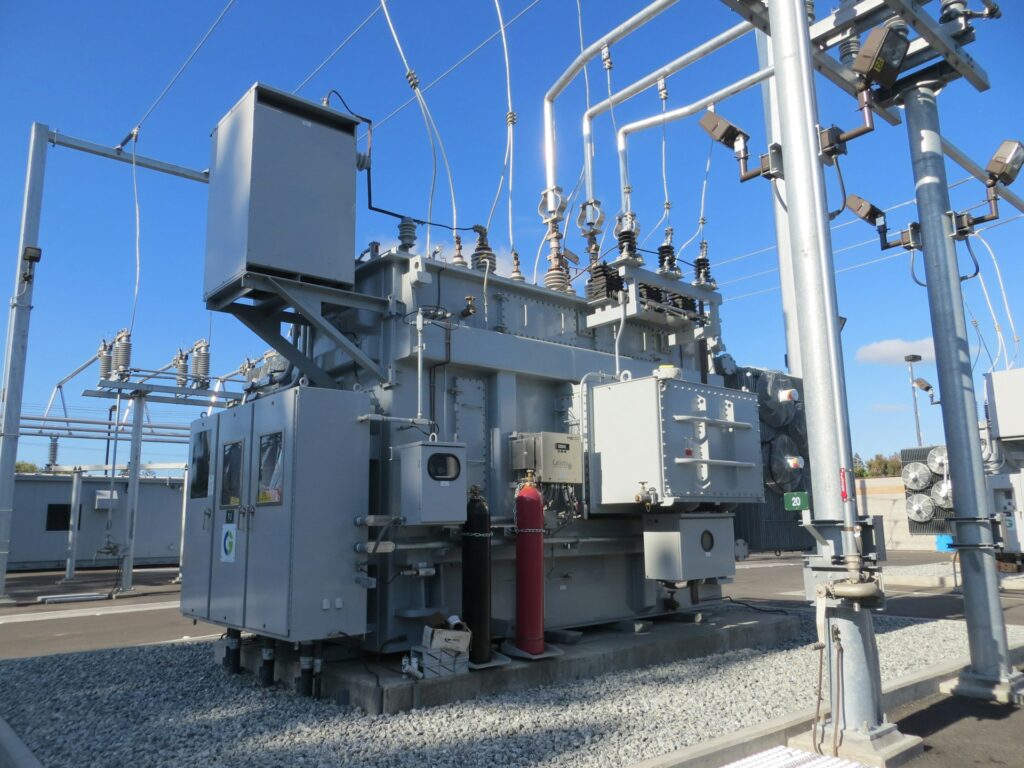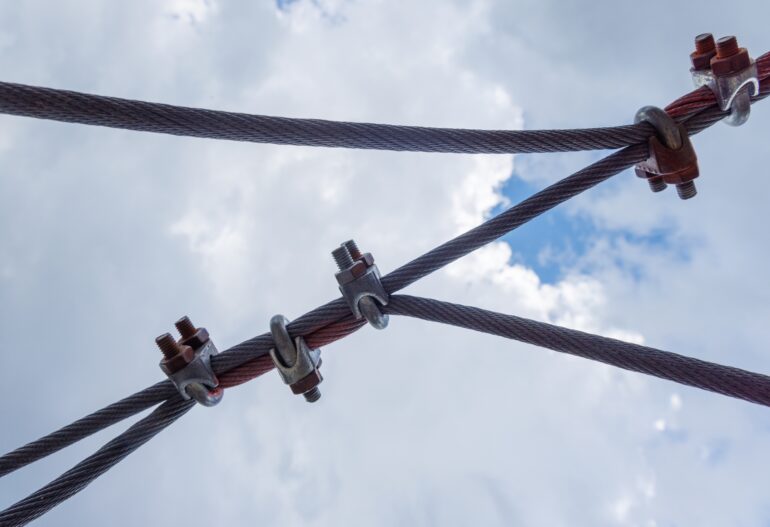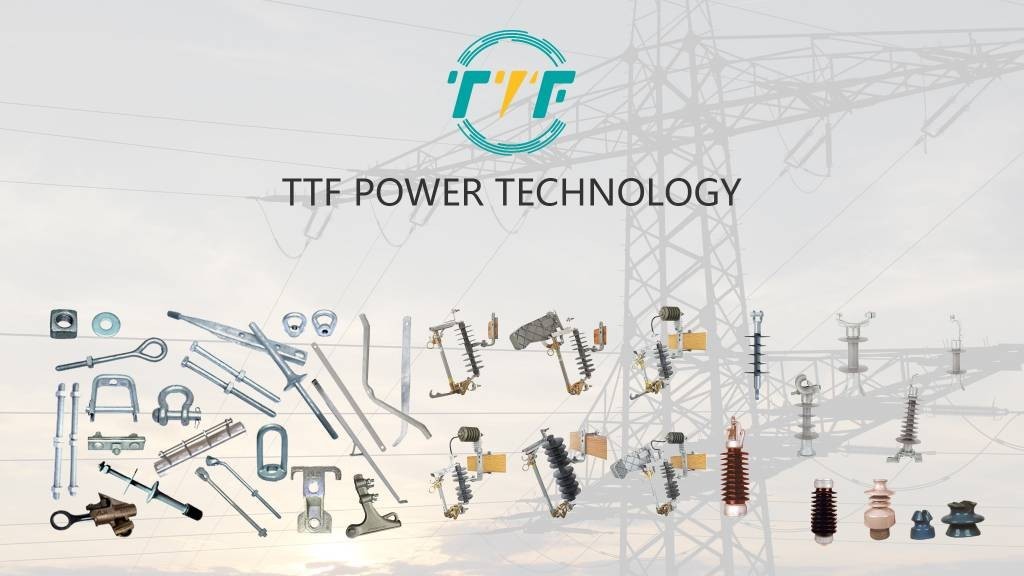
Colombia’s government plans to exempt some renewable energy projects from environment and social permitting processes. The country is positioned to fast-track its transition to a cleaner, more resilient power grid. It has favorable geography, natural resources, and a growing commitment to decarbonization. Taking the fast-track means overcoming structural, regulatory, and infrastructure hurdles. Colombia has resources such as hydropower, solar and wind, geothermal and biomass. The government is aiming for 30% of energy to come from non-conventional renewables by 2030. These resources demand modernized infrastructure to send this energy from production sites to consumption areas. To do this, Colombia must invest in modern transmission lines, deploy smart grid technologies for load balancing, and use grid-support hardware like suspension clamps, cutout fuses, and pole line hardware. Pole line hardware ensures the stability, reliability, and efficiency of electricity transmission and distribution.
Pole line hardware components, including crossarms, insulators, braces, and anchors, provide structural support for power lines. They ensure they can withstand environmental stresses in Colombia’s diverse terrains. Colombia is expanding its grid to remote areas where renewable microgrids are being deployed. Reinforced poles and hardware help integrate distributed generation from renewables into the main grid. Using advanced hardware reduces maintenance needs and improves longevity. Proper hardware installation reduces line losses and improves efficiency in renewable energy delivery. Additionally, high-quality hardware ensures compliance with Colombian and international standards to reduce risks in renewable energy projects. The development of renewable energy in Colombia stalled due to various factors. Investing in the high-quality pole line hardware components is crucial to Colombia’s energy transition.
Pole line hardware in expanding Colombia’s power grid for renewables
Pole line hardware is an essential component in Colombia’s power grid expansion. Power line hardware ensures the growing number of solar, wind, and hybrid energy projects integrate into the national grid. Renewable energy sources like solar and wind need the expansion of distribution and transmission networks into remote and underserved regions. Pole line hardware provides the backbone for these energy connections to enable the flow of clean electricity to homes and industries. They offer flexibility where renewable energy projects range from small rural microgrids to utility-scale wind and solar farms. Here are the roles of pole line hardware in power grid expansion.

- Enabling grid reach into renewable-rich regions – Colombia’s national grid should expand into remote and challenging environments. Pole line hardware support overhead lines across vast and uneven terrain. They ensure renewable-generated electricity can reach homes, industries, and cities.
- Ensuring structural integrity and reliability – strong and vibration-resistant hardware helps maintain system reliability. The components reduce mechanical stress on conductors, reduce the risk of outages, and extend the service life of the lines.
- Easing rapid, scalable installation – pole line hardware is modular and designed for efficient field installation. It allows rapid deployment of new lines and grid upgrades without major delays. This supports the push for faster integration of solar and wind projects into the national system.
- Supporting a resilient and decentralized grid – pole line systems enable distributed energy models, which are important for rural electrification. Pole line hardware components help create mini-grids and hybrid systems that can support the main grid.
- Compatibility with modern grid technologies – pole line hardware works with digital monitoring, automation tools, and grid management technologies. The compatibility helps Colombia’s power system remain adaptive to demand changes.
Key factors for stalling Colombia’s renewable energy projects.
Colombia’s renewable energy momentum slowed in recent years due to various factors, despite the abundant renewable energy potential. Colombia’s green energy transition is facing delays due to the following factors.

- Grid infrastructure limitations – Colombia’s existing electrical grid is not equipped to handle increased renewable energy. Transmission bottlenecks and lack of interconnection lines prevent clean energy from reaching demand centers.
- Regulatory delays – permitting processes are slow, non-transparent and inconsistent enforcement of environmental and social regulations causes uncertainty for investors.
- Investments risks and political uncertainty – investors are cautious due to changing policy signals, delays in project execution, and uncertainty about grid tariffs, subsidies, and PPAs.
- Climate dependency on hydropower – Colombia relies heavily on hydropower which masks the urgency to diversify into solar and wind. Overreliance on hydropower delays the development of backup and clean sources.
- Technical and logistical challenges – installing solar or wind farms in remote regions faces lack of roads, security issues, and difficult terrain.
